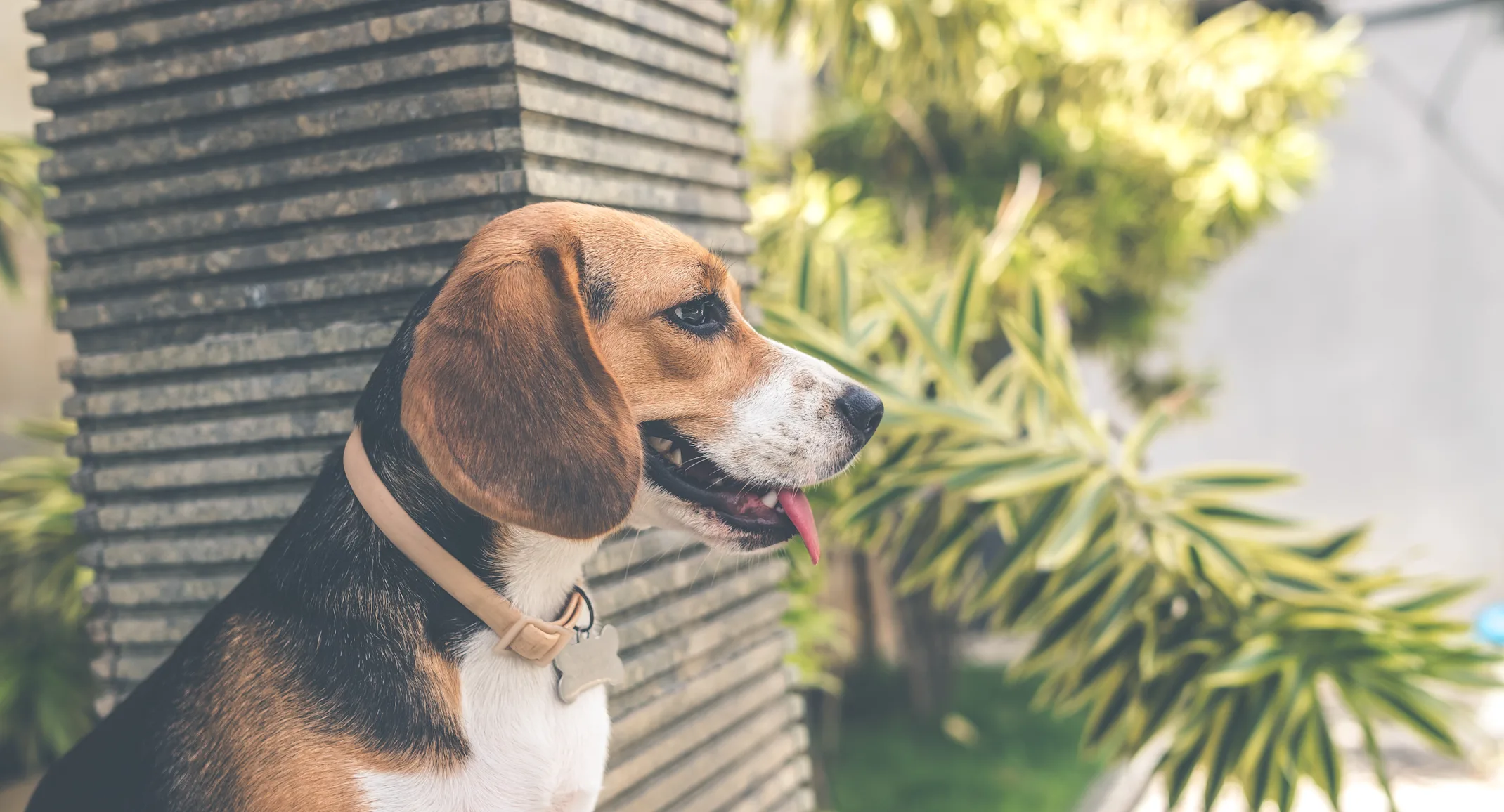3 Tips for Using Positive Reinforcement
Our Blog

It’s National Train Your Dog Month! Using positive reinforcement is an effective way of training your canine companion. Here are a few tried and true tips to help!
Reward your pet heavily with their favorite treat
Although most pets respond well to tasty treats, such as freeze-dried liver, tuna flakes, string cheese, or hot dogs, some are simply not food-motivated. Find what encourages your pet to perform, whether it’s an ear scratch, a quick game of fetch, or a chance to bat around a catnip mouse. What works for your dog will likely not work well for your cat, and same-species pets may also have different reward preferences.
Never punish your pet
No pet responds well to punishment. Yelling, scolding, or swatting will only destroy your bond and trust, leading to a furry companion who cowers or flees. Instead of punishing your pet when she behaves incorrectly, show them what is appropriate. For example, if your puppy is chewing on your shoe, swap out the shoe for a dog toy, to show them what is acceptable.
Stay consistent to avoid confusing your pet
Pets thrive on consistency and can struggle to learn expectations if situations lack a clear focus. Dogs jumping on people is one example of inconsistent training. You may be teaching your pup not to jump on guests as they arrive, but inadvertently rewarding this same behavior when you come home from work. As your pooch leaps up for a hello kiss, you give them a snuggle, which rewards them for jumping with a highly desired “treat”—your attention. Remain consistent in every training situation to avoid confusing your furry friend.
The Association of Professional Dog Trainers is offering free webinars to dog owners to help teach the basics, so keep an eye out on trainyourdogmonth.com and their Facebook page for updates throughout January.
Questions or concerns when it comes to teaching your pup new tricks? Contact us for help.
